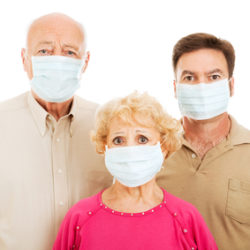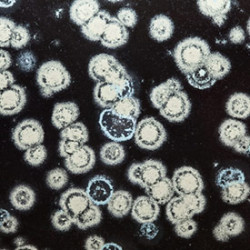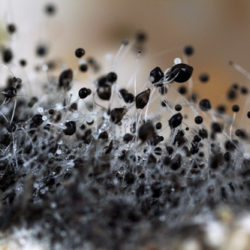Biotoxin Illness and Mold Interaction

Are You Experiencing Symptoms Caused By Mold Toxicity?
The generic term “mold illness” has been used to cover a variety of different ailments caused by exposure to fungi. While some reactions are due to allergies, doctors have identified a specific condition known as biotoxin illness that goes much deeper than just sneezing and coughing.
How Your Body Fights Toxic Mold
Your body’s immune system is charged with protecting you from bacteria, viruses and other foreign cells, including mycotoxins found in mold and mold spores. For many people, their immune systems will identify these toxins and produce antibodies to target and neutralize them.
Dr. Ritchie Shoemaker, a pioneer in the study and treatment of biotoxin illness, found that up to 25 percent of the population have immune systems that are genetically unable to produce this response. This condition has been named Chronic Inflammatory Response Syndrome (CIRS).
Immune Systems “Gone Haywire”
People with CIRS have genetic markers that let their immune systems run unchecked. When invading cells (known as antigens) enter their system, antibodies are unable to clear them. As a result, their immune system continues to assault the antigens, causing a chronic state of inflammation.
If you have CIRS, mold exposure can cause multiple symptoms, ranging from fatigue, weakness and joint pain, to mood swings, vertigo and “brain fog.” There is no easy way to determine beforehand if you suffer from CIRS, so effective mold remediation is crucial for any occurrence.
Do You Suspect Mold in Your NYC or Northern NJ Home?
Don’t take chances with your family’s health. Contact Stern Mold today to schedule your free inspection and get more information about our proprietary MoldExterm mold remediation process.


